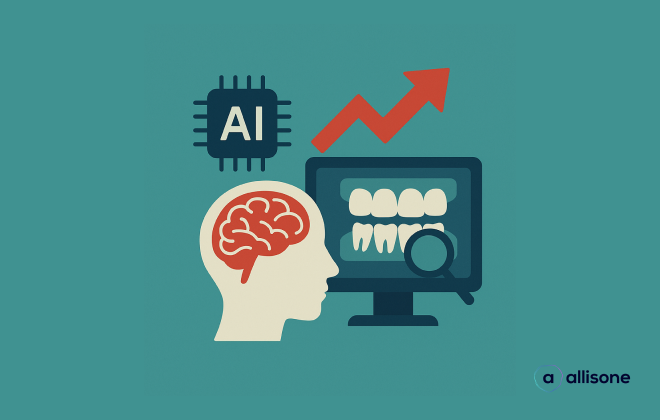
Technological progress and medicine have always been intimately linked, regardless of the era. Today, with the advent of artificial intelligence, new highly innovative health technologies are appearing almost daily: 3D printing of skin or drugs, hypnosis through virtual reality, robot surgeons, artificial organs ... Focus on four major innovations in health.
3D printed drugs and tissues
3D printing is meeting with growing interest in many sectors: prototyping, industry, aeronautics, construction, military, food ... Medicine is not left out. The first possible application is the printing of medicines, which allows for the precise and customized modulation of tablet doses and structures. The Sanofi laboratory has already taken up the issue, and is conducting extensive investigations while waiting for a legislative framework to emerge.
Even more surprisingly, 3D printing can be used to artificially reproduce biological tissue. This is called bioprinting. In partnership with the start-up Poietis, the Assistance publique-Hôpitaux de Marseille (HPHM) is preparing a clinical trial to carry out the world's first bioprinted skin graft using cells taken from the patient. Other promising research is underway to bioprint vital organs, joints or teeth.
Virtual reality, an alternative to medication
Initially favored by the video game industry, virtual reality (VR) is proving to be an exceptional tool for medicine. For example, a French start-up called HypnoVR has developed a virtual reality hypnosis solution that alleviates or even replaces sedation (and its many undesirable effects). This "hypnosedation" can be used before, during and after surgery. It is also a great help to overcome anxiety during dental care.
And the progress doesn't stop there. An American start-up, Osso VR, is marketing a surgical training solution in VR. Another start-up called Mind Maze, a Swiss company, offers rehabilitation programs in VR for stroke patients. Other innovations have appeared for physical therapy, prevention and awareness, the fight against addiction, the organization of care ... a field of application that seems infinite for VR.
Robots in the operating room ... and in the veins
Robot-assisted surgery, or robotic surgery, has spread to many specialties. Thanks to their increased precision, "robotic surgeons" can perform complex operations with few after-effects. The most widely used is the Da Vinci, from the American company Intuitive Surgical. Its four automated arms, surmounted by miniature articulated forceps and a 3D camera, reproduce precisely the gestures of the surgeon who gives instructions using a joystick and pedals.
Another major innovation in medical robotics is nanorobots capable of "swimming" in the blood. Teams of researchers from all over the world are interested in this field. While some are trying to develop robots that deliver treatment in a highly targeted manner, others are developing programmed robots to locate and destroy tumors.
Artificial organs for the whole human body?
On December 18, 2013, the long-awaited news came down: the first successful implantation of a "total" artificial heart. The electromechanical device, developed by the French company Carmat, completely replaces the biological heart, avoiding in the process the risk of rejection by the immune system thanks to its biologically inert materials. In 2020, Carmat's artificial heart received its European marketing authorization.
The heart is not the only organ to be artificially replicated. In France, research is underway to design an "external" artificial lung. In the United States, researchers at the University of California at San Francisco (UCSF) recently developed the first-ever prototype bioartificial kidney. The company Diabeloop has developed an "artificial pancreas" system that combines an insulin pump with a blood glucose sensor to deliver insulin according to changes in blood glucose levels, in real time. Pixium Vision has developed a subretinal implant to improve the visual acuity of patients suffering from age-related macular degeneration (AMD). And the list goes on: titanium larynxes, bionic ears, motorized joint orthoses... everything is on the list!
Speaking of revolution, do you know Allisone ? Click here to find out how it works. If you want to know more, you can also click here.
Articles en lien
Lorem ipsum dolor sit amet, consectetur adipiscing elit.

Comment l’intelligence artificielle optimise le diagnostic médical et la compréhension patients

L'avenir des cabinets dentaires : intelligence artificielle et gestion connectée au service des praticiens






